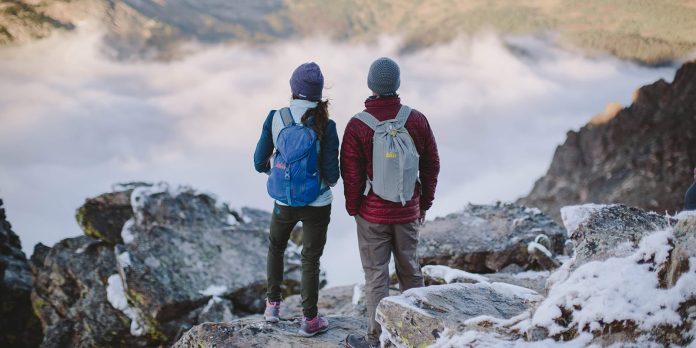Human need for nature is universal and eternal. Global urbanization, industrialization and the expansion of civilization have contributed to the rapid and extensive reduction of nature in its original form. The felling of trees, concreting of grassy areas and construction on them, pollution of air, land and water have caused climate changes of unprecedented proportions. Storms, hurricane winds, floods, landslides and various types of natural disasters forced the human race to start thinking about the preservation and restoration of existing natural resources, as well as the formation of new ones.
The return to nature, which Rousseau proclaimed in the 18th century, is slowly beginning. People are faced, more and more, with the knowledge that there is no mental and physical health, without contact with the elementary ie. by nature.
As a result of such knowledge and needs, people of all ages, on all meridians, are starting to go hiking, camping, walking in forests, swimming in lakes, walking along legendary mountain trails… It’s not a trend to just jump into an all-inclusive hotel complex. . On the contrary, what is experienced as an adventure, in nature, strengthens the body and spirit, puts our character to the test, raises our resourcefulness to a higher level, and bonds between family and friends are strengthened in such conditions.
How to equip yourself for a stay in nature?
Just as every job requires certain equipment and tools, you cannot even set foot in untouched nature without adequate equipment. In the past, the equipment included bulky and heavy hiking cotton shirts, which became cold when soaked with sweat, canvas pants, which could hardly withstand rain and moisture, woolen socks, which could also get dirty…
Today, the situation is significantly different. Wardrobe and shoes, which are conceived and designed for more extreme endeavors in nature, and not just for a leisurely walk, have become a field, which is dealt with not only by designers, but also by scientists.
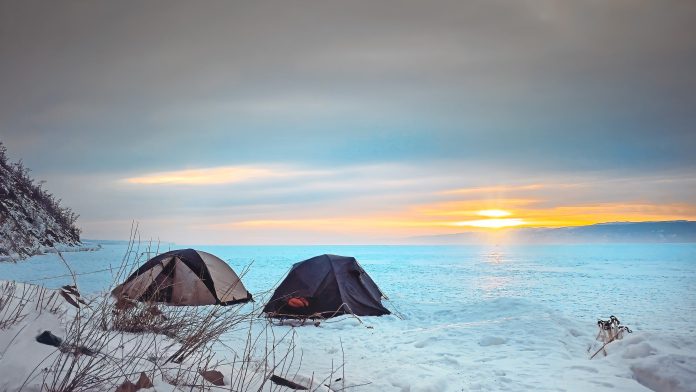
New types of materials, usually synthetic, but with incredible properties, have flooded the sports and recreation markets. Things are getting thinner, lighter, active clothing weighs no more than 70 grams, and it warms, cools and wicks away sweat at the same time. The shoes resemble deep sneakers, they are anatomical, they don’t slip, they don’t let in snow, rain, or mud.
This kind of equipment is both aesthetically and qualitatively perfected and conceived as a kind of masterpiece of the human mind. However, we must add that some things are never permanently overcome, so there are products on the market (t-shirts, sweatshirts, vests, socks…) made of pure runic wool, processed so that things are light and thin, so that they breathe like a goat, and they often surpass synthetic materials, with their properties. The offer is huge, it’s up to you to choose what you really need.
What you need to have in your backpack for an adventure in nature:
The first and most important thing is to define where you are going, how long you are staying and whether there is a populated place nearby. Think about how far you need to go and on what kind of terrain, whether you will camp or sleep in a mountain lodge…. Then make a list of necessary things and activities:
1. Check the weather forecast
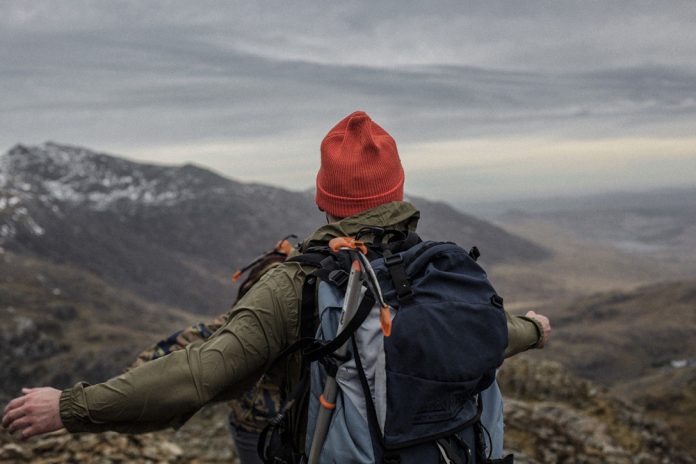
It is essential that you know where you are going and in what weather conditions. The forecast is subject to change, especially in the mountains and nature, in general, but never plan your wardrobe just because you see that somewhere is sunny. Sunny, on the mountain can also mean temperatures in the minus or just above 0C. Always check the temperature, humidity, wind and forecast for the next hours and days. It is of vital importance in nature.
2. Clothes
It is necessary to train and take in reserve:
– Athletic underwear – as we mentioned, maintains body temperature, prevents you from being wet from sweat, which is uncomfortable and dangerous, not thick and heavy)
-Several t-shirts with long and short sleeves (also, they should be made of materials that allow sweat to pass through, heat and cool at the same time, are light and can take up a minimum of space)
-Leggings – this is necessary in order not to lose body temperature, as well as in the upper part, so that the muscles of the legs remain warm, the blood circulates properly and under these conditions your body can give you maximum. Injuries are also prevented by the appropriate temperature bodies.)
-Pants – specialized pants made of Goratex material, which are impermeable and warm, yet light, are necessary. They have reinforcements in the parts up to the knees, which even protect against snake bites.)
-Socks – several pairs of socks, which are your size, also made of special threads, intended for sports and movement)
-Shoes – mountaineering shoes are offered in all possible forms, materials and performances. They may be a little more expensive, but they are durable, permanent and irreplaceable)
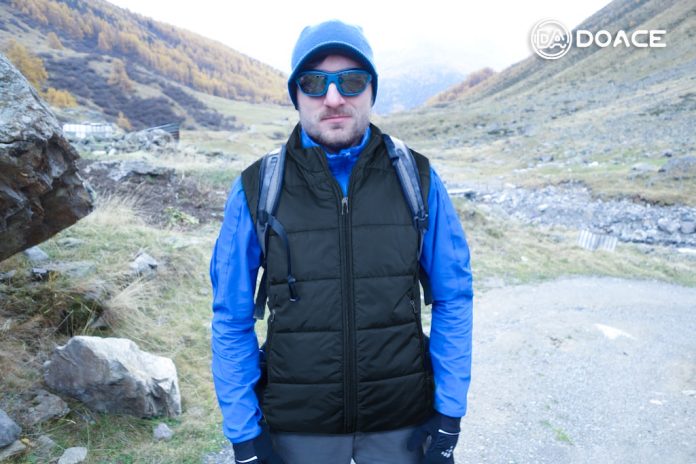
-Vests – Vests are extremely useful, because they keep you warm, while leaving your hands free and enabling a greater range of motion. Visit this website if you are looking for best heated vest).
-Jackets – Jackets and vests are the most important, they protect against low temperatures, they keep us warm, they prevent us from getting wet or things that are closer to the body get wet)
3. Sleeping bag
And there are different types of sleeping bags. From the thickest ones, intended for expeditions to the Poles and the army, to the thinner ones, which you will take on a hike in the mountains of the Mediterranean. The fact is that they are a must-have piece of equipment. Sometimes, even if you sleep in a mountain lodge or a house, you need to have your own bag. Somewhere the rules apply that you have a bed, but not bed linen and blankets. Of course, if you sleep in a tent, don’t leave without a bag. Choose the thickness, resistance to rain and moisture, the size for you… in any case, analyze your own affinities, and therefore your needs.
4. Cushion for the bag
These pads are made of special foam. They are placed under the bag, for comfort and insulation. That way you will be warmer, softer and less likely to get wet.
5. Dishes
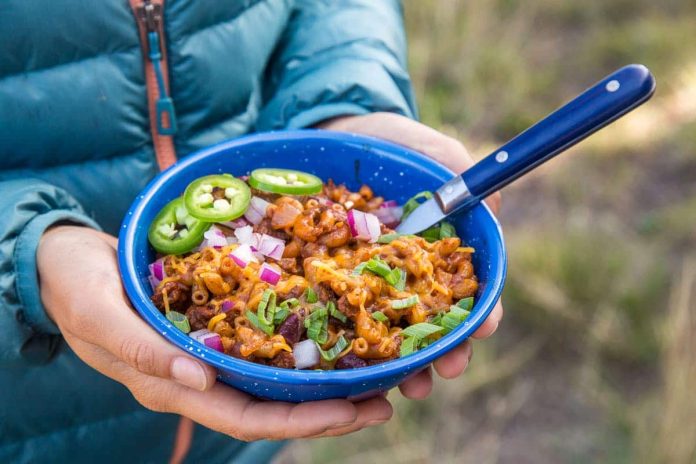
When moving, a person uses up his reserves and needs to maintain his body and vital functions. In other words, constant hydration, intake of water, but also food, is what must not be neglected. In nature, you must have a water bottle, a thermos that keeps the temperature of tea, coffee, soup, certainly some hot drink, then a primus on which to heat and cook semi-prepared and dehydrated food, which is available today. Everyone should have their own salt and zinnia.
6. Food
It is necessary to eat meals that contain all the nutritional and building materials. And protein and carbohydrates and fats. There are specialized stores that sell meals, soups, pasta, and sauces, as well as energy bars made of cereals, with peanut butter and other nuts. Solutions for rehydration with minerals and vitamins or in tablet form are also what you must have with you. Food and drinks maintain the temperature and enable the vitality of the organism, during great efforts.
Conclusion:
Definitely, go to nature, do what pleases you and suits you. Hike, hike, ride a bike, swim, explore and enjoy the unique feeling of freedom and beauty of life. Provide what you must have in your backpack, because it enables you to have a safe and pleasant time, without unexpected and unpleasant situations, which can be potentially very dangerous. Make the most of the day, make the most of life, let nature be your greatest challenge and friend.

